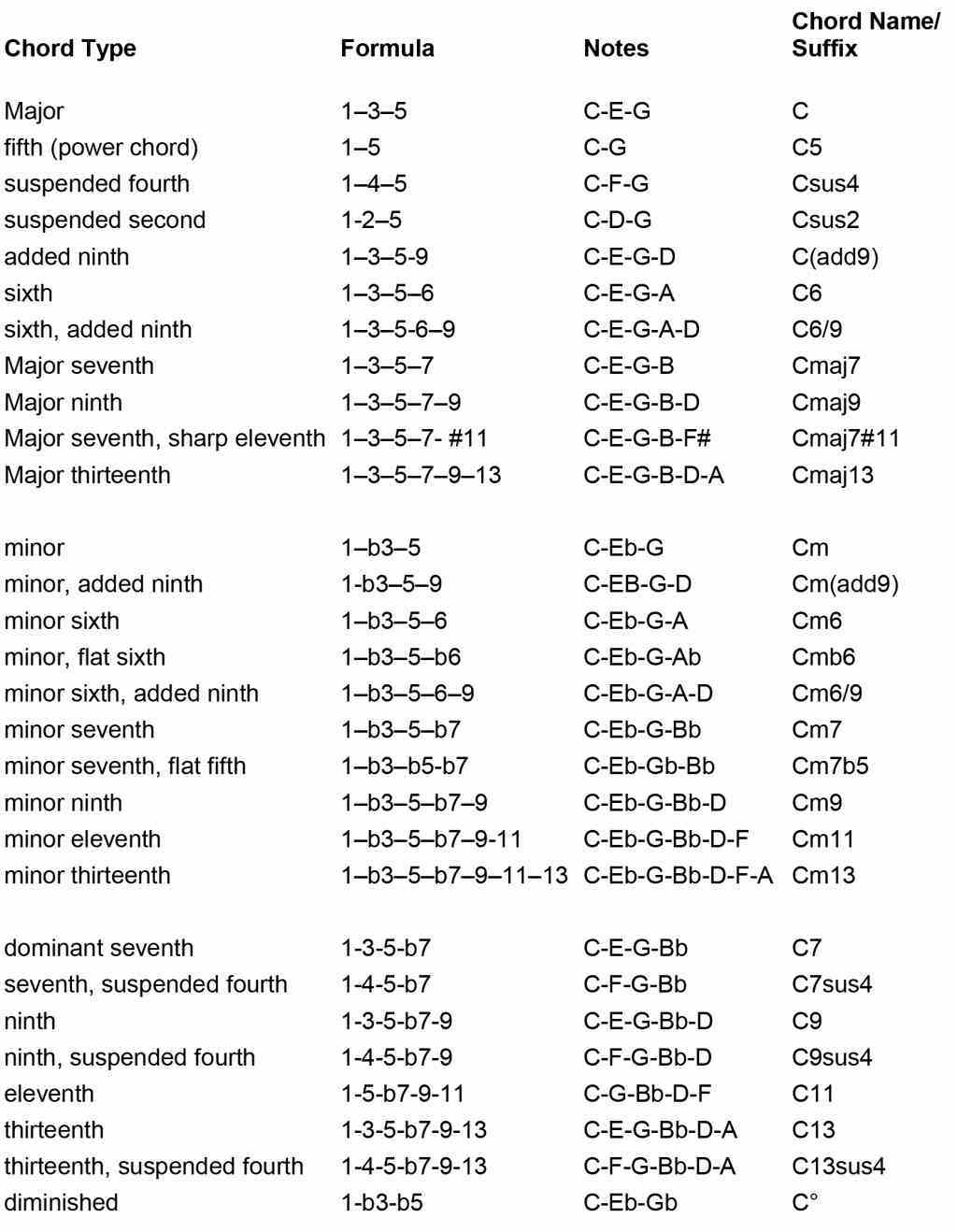In my last post I introduced you to the major scale, along with leaving some patterns for others, so I could lead to chord construction. By now, I would hope that you at least tried writing up the major scale in a couple different keys. Its completely fine if you haven't yet but I'd advise to give it a try so you can confirm your understanding.
Just like scales, chords come in many different shapes, sizes, and patterns. One of the most basic chord patterns is that of the major chord which is 1-3-5. What does the 1-3-5 mean? Those are just scale degrees(a scale degree is the name given to a particular note of a scale to specify its position relative to the tonic). Sometimes scale degrees are repeated in 2 octaves so we can add 9ths and 13ths among others.
The names of the Scale Degrees are:
- Tonic
- Supertonic
- Mediant
- Subdominant
- Dominant
- Submediant
- Leading Tone
- C= Tonic(root)
- D= Supertonic
- E= Mediant
- F= Subdominant
- G= Dominant
- A= Submediant
- B= Leading Tone
- C= Tonic( You repeat if you're going to add another octave)
If we apply the 1-3-5 pattern to the C mjor scale, we are given the notes C,E, and G. So now we'll look at the shape of a C major chord and dissect the notes the comprises the chord.
This is the C chord in it's open string position(there are many different places to play a C chord which would be playing the same tone at a higher or lower octave, depending on the position). As you probably noticed, the only notes within the C Major chord are the ones we've deduced by using the major chord pattern with it's relative scale(C major scale).We can use this same chord pattern with it's relative scale in any key. Let's try finding a D major chord using the D major scale. The scale degrees of D major are
- D
- E
- F#
- G
- A
- B
- C#
- D
Using the major chord patter of 1-3-5, we are left with the notes D, F#, and A. Here is the open string position for the D chord and as you can see, it only uses the notes we've just taken from the D major scale.
Here is a few of the most basic chords to learn in their open string positions. Practice each of these chords until they sound clean and transitions between the chords are fluent. The best way to practice is to play slowly and accurately. If the chords are sounding funny then play every individual string while holding the chord until you find what note you were hitting wrong and fix that note.
I hope this quick reference guide will help you along the way to finding new chords.

No comments:
Post a Comment